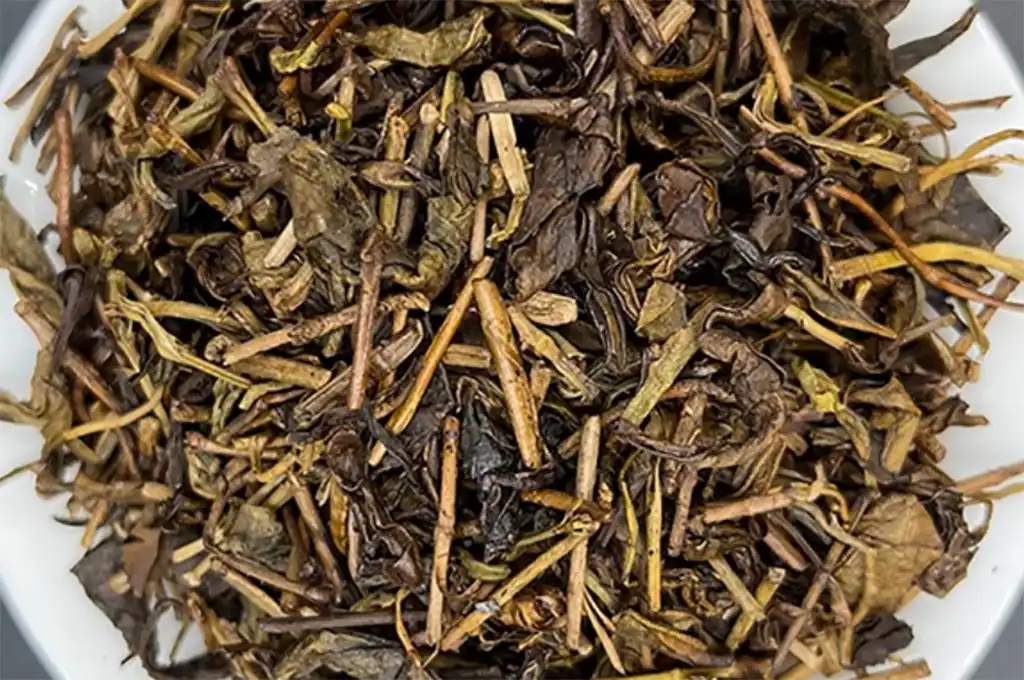Yellow tea is a type of traditional Chinese tea processed using unique techniques. Its production involves several steps, including panning (high-temperature roasting), rolling, sealed yellowing, and drying. The most distinctive aspect is the “sealed yellowing” process, where the tea undergoes microbial fermentation, giving it the characteristic “yellow leaves and yellow infusion.”

Classification of Yellow Tea
Yellow tea can be categorized into different types based on the raw tea leaves used:
- Bud Yellow Tea (Bud Tea): For example, Junshan Silver Needle. This type is made from single buds or one bud with one partially opened leaf. It is generally considered the highest grade of yellow tea.
- Bud and Leaf Yellow Tea (Tender Leaf Tea): For example, Weishan Maojian. This tea is usually made from one bud and one leaf or one bud and two leaves that are just starting to open.
- Multiple Leaf Yellow Tea (Mature Leaf Tea): For example, Huoshan Yellow Large-leaf Tea and Guangdong Dayeqing. These teas use one bud with multiple leaves or fully opened leaves. Though the raw material quality is not as high as the other two types, these teas have larger yields.

Challenges in Producing Yellow Tea
As one of the six major types of tea in China, yellow tea is relatively rare in the market, mainly due to various production challenges. Firstly, the production technique for yellow tea is highly demanding, particularly the “sealed yellowing” step, which requires strict technical skills and experience. Even with ample experience, success is not guaranteed, and any small misstep can lead to poor flavor in the tea.

Additionally, the market is flooded with counterfeit yellow bud teas. Some green teas that failed to sell in time naturally yellow after a few months. These yellowed green teas are often re-roasted and falsely marketed as yellow tea, which greatly differs from genuine yellow tea in quality. Such practices negatively impact the market for authentic yellow tea. Due to these factors, the production of yellow tea has been declining in recent years. The abundance of counterfeit products has led to insufficient consumption, further reducing production levels.
High-quality yellow tea is known for its elegant and pleasant aroma, featuring floral or ripe fruit notes. Its taste is mild and smooth, with a subtle sweetness that lingers on the palate. Many people consider it to be a more representative Chinese tea variety than oolong tea.
